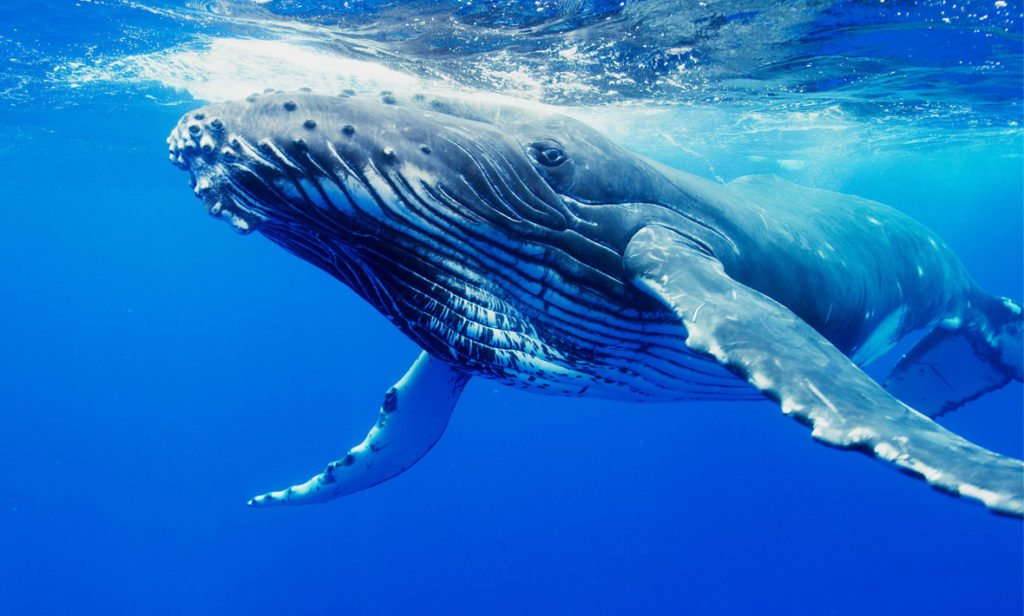Renewable energy is big business, and the world is racing to find alternatives to using finite resources like oil and coal. Wind turbines are a promising area, but although they are in place around the world, they do have their problems. In areas with gentle winds turbines aren’t able to produce as much energy and are sometimes even still. Birds can become victims of the spinning blades, and there is a degree of noise pollution associated with these ‘eyesores’. Many are opposed to their construction and property prices can even tumble in turbine terrain. One solution could be found in the flippers of humpback whales. These are covered in lumps rather than being smooth like a wind turbine blade. This was originally thought to be a more aerodynamic design as surely particles can pass by a smooth surface more easily than an uneven one. But research has proven that this isn’t actually the case at all.

Humpback whales’ pectoral fins are placed either side of the body and essentially act as the animals’ arms. Through extensive testing these bump-covered flippers were found to be 40 per cent more dynamic than a smooth fin, allowing water particles to zoom past at speed. It’s thought that protrusions on the leading edge of the fin create areas of low pressure, causing air or water to rush into the low pressure area, allowing the fin to move with less drag. The applications of this development range from your humble ceiling fan to new types of wind turbine. They can help windmills overcome the biggest problems traditional models demonstrate, like unreliability in light wind. The aerodynamic shape will also allow the turbines to turn with much less force than is required to rotate the smooth versions. The whale fin blades can even make the turbines more reliable in turbulent air and reduce noise pollution.















